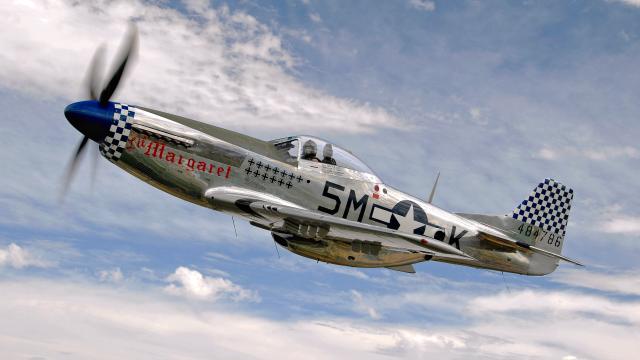The P-51 Mustang is one of the most iconic aircraft in aviation history. These long-range, single-seater fighter-bombers served throughout the Seconds World War as well as during in Korea before being relegated to scrap yards. But many have survived, some in the most unlikely of places. You’ll never guess what quiet suburb the Lil’ Margaret was found in.
P-51D (F-6D) Lil’ Margaret
“Mustang Mike” Coutches of American Aircraft Sales in Hayward, California, was on the hunt for P-51H parts in the late 1950s and early 1960s. Coutches was selling licensed, ready-to-fly P-51Ds for $US3,995 at the time, but his interest was in the P-51H. The 194th Fighter Squadron of the California Air National Guard operated P-51Ds and -51Hs from the Hayward Airport, and it was a sad day when the unit moved to Fresno, California, and transitioned to the F-86A. About a hundred miles northeast of Hayward, the US Air Force depot at Mc-Clellan Air Force Base, near Sacramento, California, had seen hundreds of Mustangs pass through its overhaul lines and dozens were sold surplus from here as well. In addition, thousands of pounds of Mustang parts were auctioned off as they were no longer needed in an all-jet air force.
In the late 1940s, someone had purchased a Mustang at a surplus sale (possibly at McClellan), and then attempted to sell it to Israel or one of the Latin American countries looking for aircraft in the late 1940s or early 1950s. The plane was reportedly disassembled, crated, sitting on the dock, about to be loaded on a ship, when U.S. Customs stepped in and seized the Mustang. The aircraft did not leave the country and was later sold at auction and then purchased by a scrap dealer.
Coutches was going into one particular Sacramento-area salvage yard that was rich in H model Mustang parts — parts that only Mustang Mike needed and wanted. Every time he would go in, the scrap dealer would bug him to buy a disassembled D model Mustang sitting in a corner of the yard, but they could never reach an agreement as Mustang Mike didn’t want a disassembled P-51D when he could buy flying aircraft for not much more of a premium.
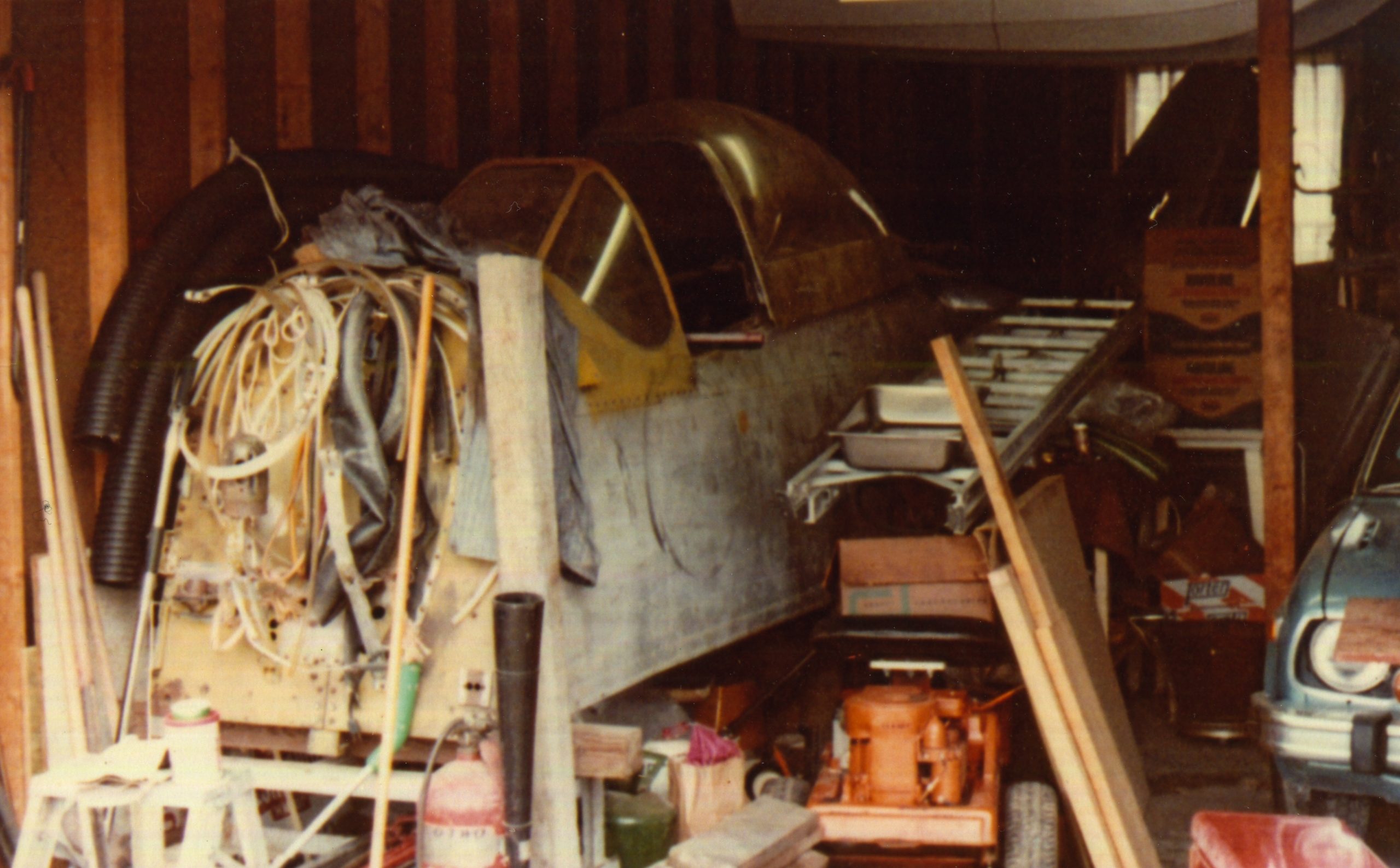
Coutches returned once again, and the scrapman finally told him if he wanted any more H model parts, he was going to have to buy the disassembled P-51D Mustang. The aircraft was ready for transport, so Mustang Mike hauled it home and put it in his backyard. The story has it that the Coutches’s kids played on it for years.
In 1961, William “Bill” Myers of St Charles, Missouri, bought the disassembled P-51D from Coutches. Hauled east, the fighter plane project took over Myers’s house, basement and garage. And slowly word got around the neighbourhood that there was a plane in a garage. The rumour gained legs as people would see it when the door was up, and by the mid-1970s as the warbird movement picked up steam, the rumour had grown and was beginning to spread to pilots in neighbouring states.
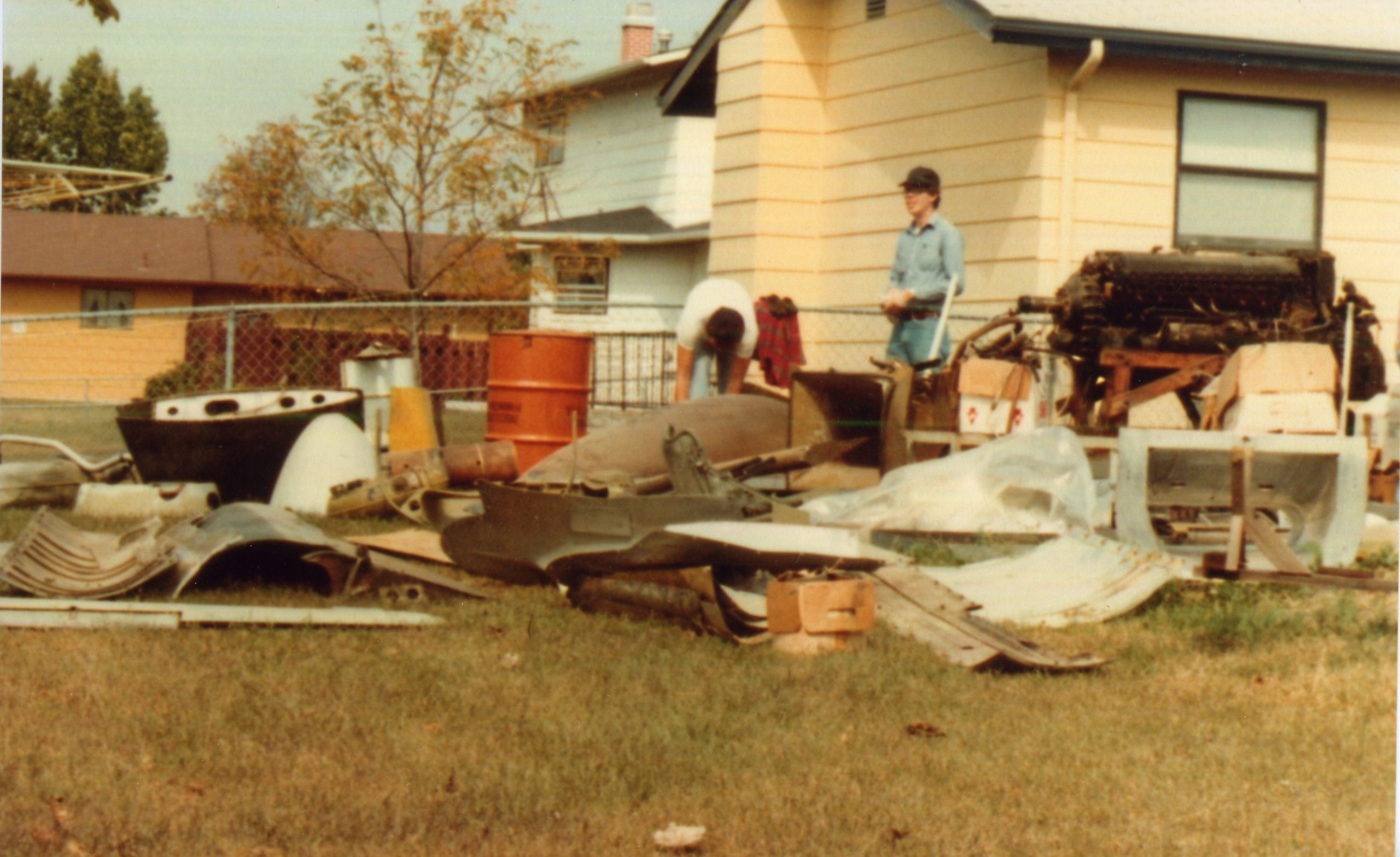
Mustang owner and restorer John Dilley from the Fort Wayne Air Service, Fort Wayne, Indiana, and Butch Schroeder of Danville, Illinois — who at the time owned former El Salvadorean Air Force Cavalier conversion P-51D FAS 409, ex 45-11559, North American Maid — had heard the rumour, too. “I kind of beat Dilley to it,” said Schroeder. “I had the opportunity to go to St Louis on business and I was always looking in the phone book trying to find who I thought was the owner at the time, but I always ended up empty handed.
“A short time later, a friend of mine who owned a Hawker Sea Fury asked me to take North American Maid to an airshow in St Charles, Missouri. I asked if the airshow was going to pay for fuel and said I wasn’t interested in going without it. After turning him down, we got to talking about this mystery Mustang, which was thought to be in the same area. My friend said the hosts of the airshow knew where the Mustang was, and I’m thinking ‘Yeah, right.’ I told my friend that if the show hosts would take me to see the plane, then I’d fly down.
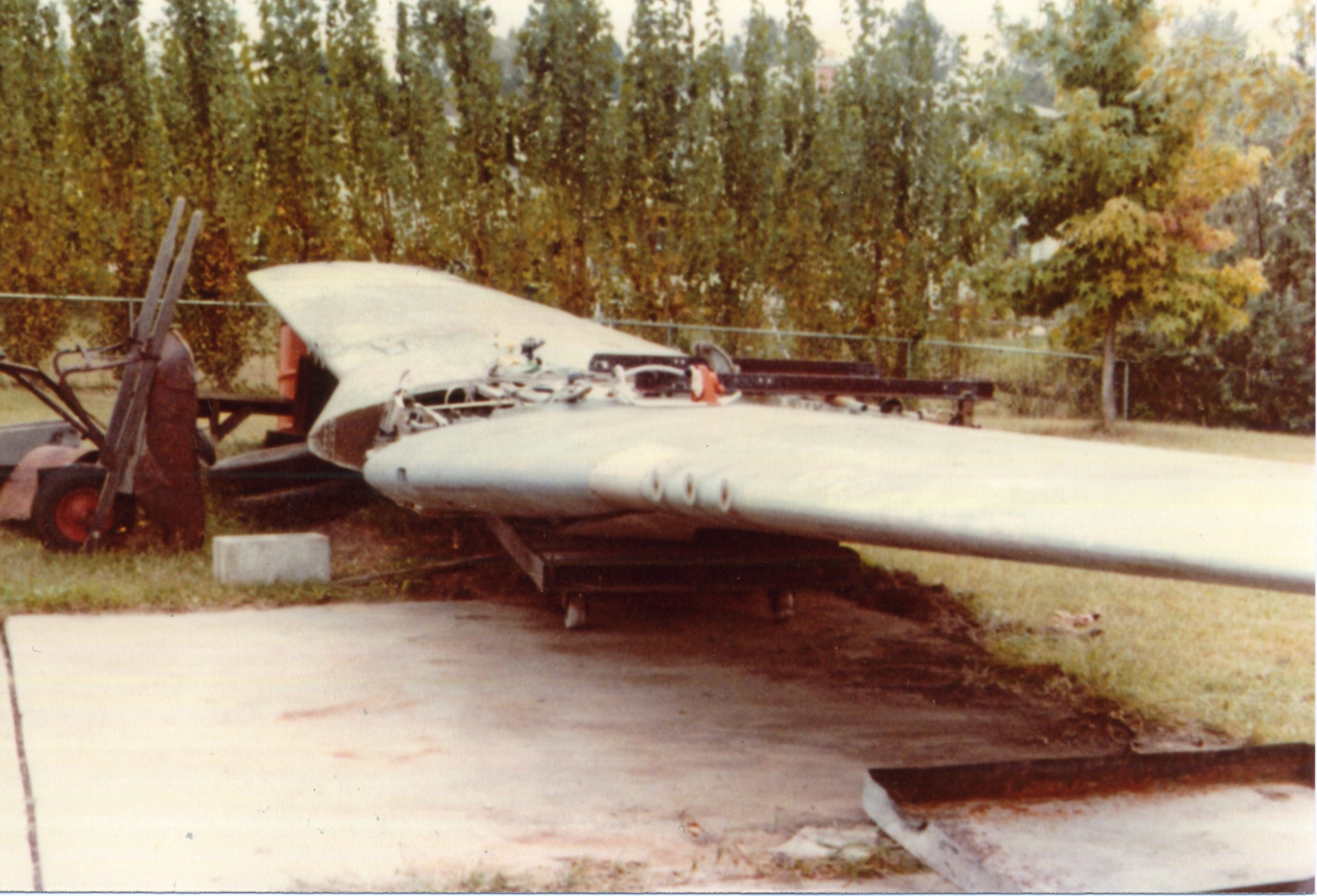
“I went to the airshow and one evening they took me to see the Mustang, and on the way over they said they were not interested in buying it. So I tried and made a deal to buy the plane.” Butch Schroeder had found the elusive P-51D Mustang in a garage and bought it!
Restoring an F-6D Mustang
Upon closer inspection, Schroeder determined that the Mustang was a rare photo reconnaissance version of the P-51D known as an F-6D, and later an RF-51D, serial number 44-84786. “When we researched the history of the aeroplane, we knew exactly what we were looking at. It still had the original data plate showing it was designated an F-6D. It was kind of ironic; most of your aeroplanes have a metal data tag with the information stamped in it. This was all done on phenolic and it was handwritten using something like a paintbrush,” Schroeder said.
The F-6D was built at North American Aviation’s Dallas, Texas, factory and delivered on June 8, 1945, after the war in Europe had ended, but still three months before the Japanese surrendered. The photoreconn fighter was assigned to US Army Air Force bases at Andrews, Washington, DC; Stuttgart, Arkansas; Brooks Field, Texas; Topeka, Kansas; Hobbs Field, New Mexico; Spokane, Washington; Kelly Field, Texas; Pope Field, North Carolina; and finally to McClellan Air Force Base, part of the Air Material Command, for storage in June 1949. The F-6D was stricken from the air force’s inventory on November 25, 1949.
As the now proud-owner of a Mustang project, Schroeder had to get the fighter from the St. Louis area home to Danville, Illinois, a distance of 346km. First he had to call his friends with pickup trucks, then find enough additional friends to help load the project. “Bill Myers’s wife was real glad to see the Mustang go because, in essence, I had to clean their garage to get the plane out,” Schroeder said. “I think it took us six pickup trucks and five trailers and we went down early one morning, loaded up, and we and had it back home that afternoon.” Myers had about 95 per cent of the aeroplane, and what he didn’t have Schroder would use his extensive contacts in the warbird community to locate.
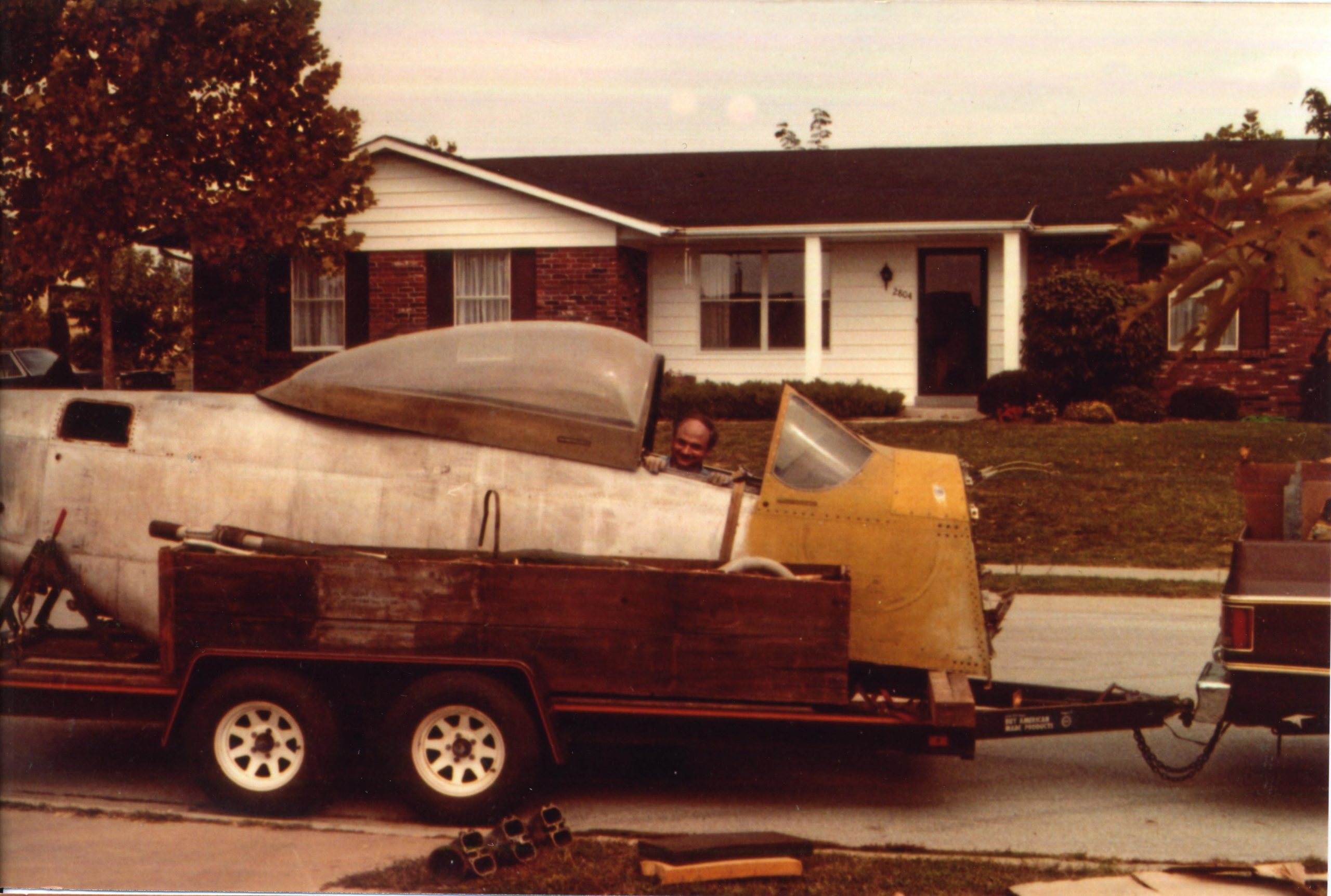
Once home, the P-51D was stored in Schroeder’s hangar while he worked with Mike VadeBonCoeur to return his AT-6 to full, stock military configuration. “I had become friends with Mike when he was still in high school,” Schroeder said. “He came and started just helping me and I would pay him flying time in exchange so he could work on getting his pilot’s licence. So in essence, to start out with, he worked for me, and then years later, he went off on his own and started Midwest Aero.” VadeBonCoeur had worked with Schroeder on his warbirds before leaving to attend Spartan School of Aeronautics in Tulsa, Oklahoma. When he returned, VadeBonCoeur and Schroeder finished the restoration of US Air Force T-6G serial number 49-3144 in 1990. The aircraft was awarded the Experimental Aircraft Association’s Warbird Reserve Grand Champion Award, and VadeBonCoeur was recognised with the Golden Wrench Award for his work. Today, VadeBonCoeur’s Midwest Aero has been recognised for its highly detailed, award-winning P-51D Mustang restorations, such as Cripes A’ Mighty, Daddy’s Girl, Happy Jack’s Go Buggy, Live Bait and Red Dog.
“I was doing most of that early work on the T-6 and the Mustang part time, as I had a really nice job at the University of Illinois,” said VadeBonCoeur. “I left the University of Illinois to come work for Butch full time on the T-6. I kind of always had it in the back of my mind that if I was going to leave a good, solid university position that my hope and goal was to be able to eventually start my own business.”
Once the T-6G was out of the hangar, Schroeder and VadeBonCoeur began the restoration of the photoreconnaissance Mustang full time. The project would take three more years of hard work. “This aeroplane had never been a surveying aeroplane or a warbird. When we got it, it still had the markings on the wings and was pretty much the way it had come out of the factory. So early on, it was decided that the goal was to make it look just like the day that it rolled out of the factory and keep it stock — single seat, guns, cameras, the whole deal,” Schroeder said. “For some reason, guns had never been put in that aeroplane even though a lot of the equipment was in there. We had to go out and I made about three different trips to California scrounging around. Back then, the rare, original fittings were pretty easy to find because nobody wanted them. Now, everybody wants those detail parts, so they’re much harder to find. There’s an armour plate that sits right behind the propeller to protect the fuel tank that’s back there. I found it in California at a Mustang shop and they were using it just to prop the door open. The armour plating that goes behind the seat… somebody was using it as a barbecue grill.
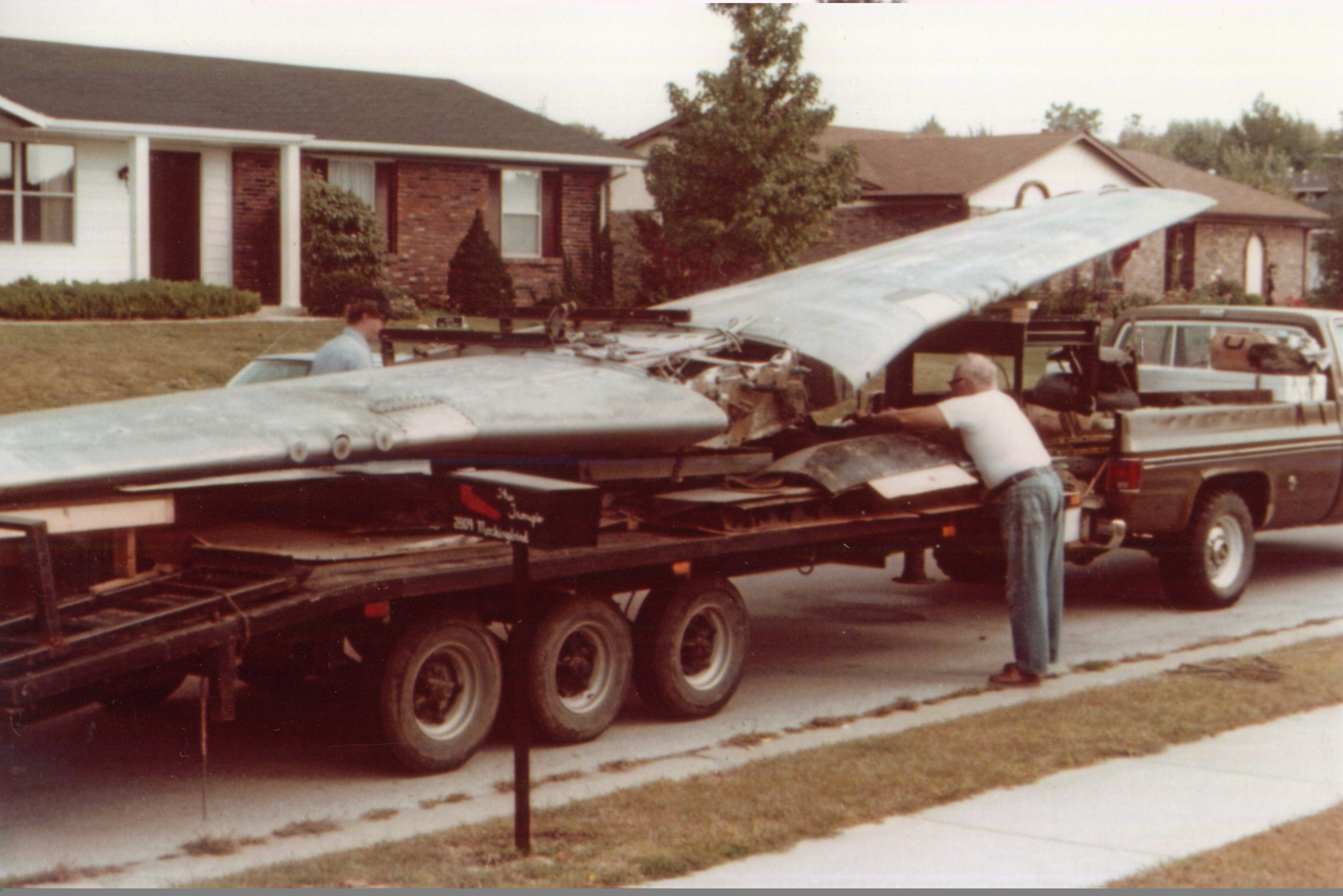
“I had a list of everything that I was looking for, and I left copies with people, and again, at the time, this was stuff that nobody wanted. I can’t remember if it was Strega or Stiletto, but one of the racing Mustangs had been an F-6D and some original, cool stuff came out of one of them. Later I was out in Fort Collins, Colorado, and I went and talked to Darrel Skurich [known for rebuilding the XP-51 on display at the Experimental Aircraft Association Museum]. He had the camera mount I needed for my aircraft. Dennis Schoenfelder had the camera ports, but they needed some repair work, which was done by John Neel of Low Pass Inc. in Griffin, Georgia. I also had the good fortune to become friends with Brian O’Farrell. He’s the guy that bought all the Dominican Mustangs and their spares, and he had a warehouse full of brand-new parts. I had the chance to pick through O’Farrell’s inventory of new parts for my aeroplane.”
Mike VadeBonCoeur said, “We did everything except the engine, propeller, the radiator, and instruments. I probably built most of the systems. I did all of the hydraulic systems, all the electrical wiring, most of all of the installation of the interior components and basically all of the assembly work. Butch had already restored certain components and had those sitting aside and ready to go in.”
Try as he might, Schroeder could never locate any factory blueprints for the F-6D conversion. None of the P-51D Mustang microfilm showed any of the photoreconnaissance modifications, and many parts had to be made from photos, or from original parts that were duplicated. Schroeder’s Cavalier Mustang was used as a template for the interior installations, but when it came to the F-6 modifications, the restoration crew was on its own. “There are no diagrams for cable links, for instance, for the trim cables or the elevator cables, and are all modified in the rear fuselage to avoid the cameras. It’s different than a standard P-51D in the oxygen bay area as well, so we kind of had to experiment trying to come up with proper cable links,” said VadeBonCoeur. “I remember that being a challenge for me at the time, but we ended up making it all happen. I think we had samples of elevator cables, but we didn’t have samples of any of the trim cables. Those had disappeared from the fuselage years ago, so I didn’t really have anything to go off of. We kind of had to back-blueprint it and sort it all out. We just followed the original routing, which in an F-6D the elevator and trim cables are all routed differently than they are in a stock D.
There’s just not data available that we’ve been able to come up with that I’ve ever seen. The manuals show illustrations of how the cables were routed, but no specifics for cable links and things like that.”
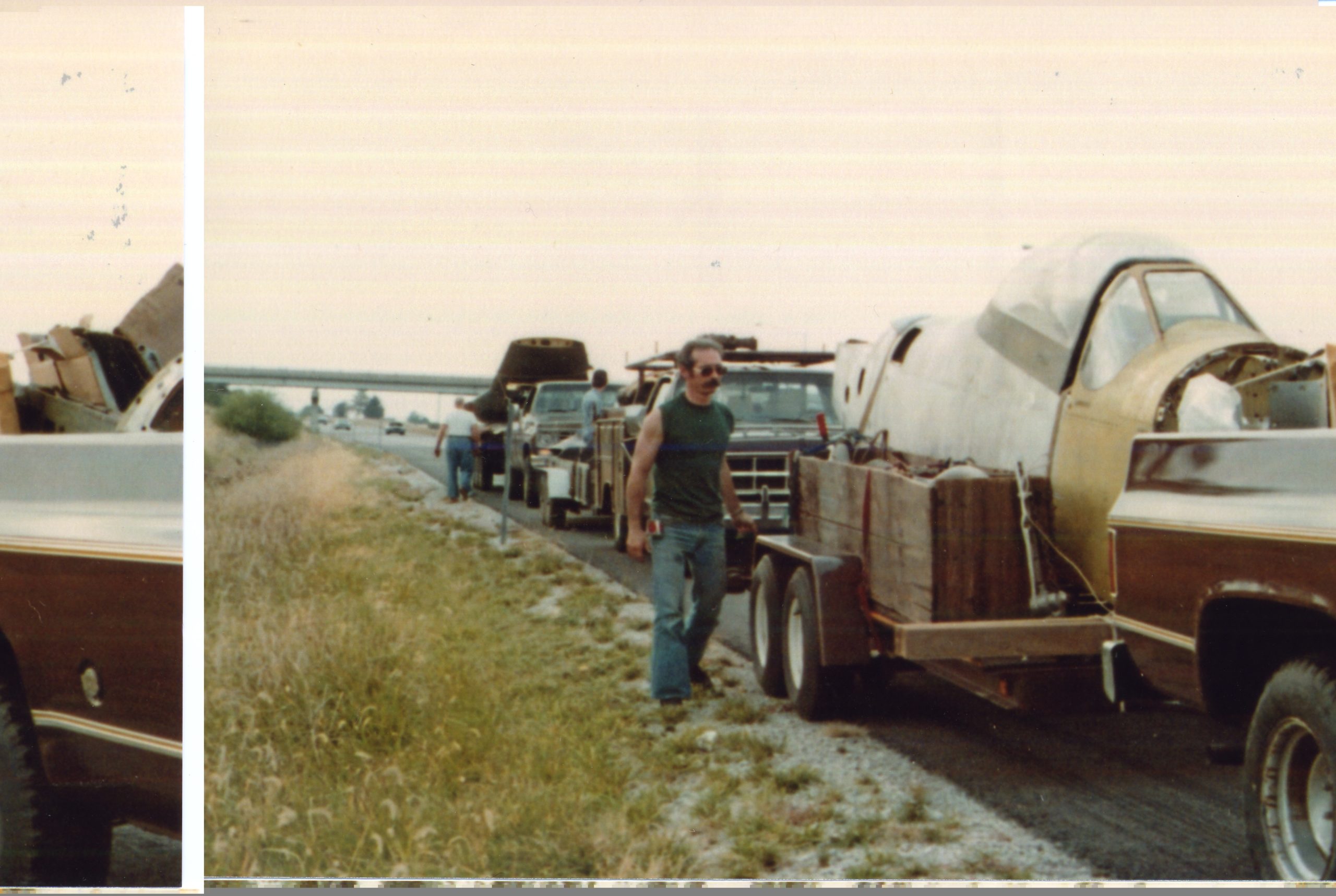
Mating the wing to the fuselage was a first for VadeBonCoeur. “We had called a crane out to do the heavy lifting, and we looked at the weather radar before we got started. Of course, back in 1990, the weather radar wasn’t as good and no one had a smartphone to give one last peek to see how conditions had changed. We decided to go ahead and do it, and as soon as we got the aeroplane up, got the wing put in position, and were ready to lift the fuselage up, a thunderstorm hit,” VadeBonCoeur said. “We ended up putting that thing together in a pouring rainstorm, and of course, once we were done and the crane was ready to leave, it was beautiful. Fuselage to wing was in the middle of a rainstorm, the engine we did the same day and it went just fine.”
Inside the F-6D, the oxygen bottle arrangement is different from the standard P-51D. The -51D has two long and two short bottles in the aft fuselage while the F-6D uses large, bomber-size oxygen bottles. In addition, the ribs on the left side of the fuselage were changed to accommodate the camera installations. To access the cameras, an access panel was fitted to the starboard side of the fuselage, forward of the fuselage/tail production break.
“In comparison to what we do today, there’s really no comparison. A lot of it is just learning over the years. I think that we knew that the interior colour that it is today wasn’t what it was, but Butch had already started that and it wasn’t in his best interest, or desire at that point, to go backwards and change it all,” said VadeBonCoeur. “We left it with interior Imron green that he had picked.”
Putting Her Back in the Air
When the restoration was nearly complete, Schroeder settled on a suitable paint scheme for the F-6D. He chose to replicate the markings of Lil’ Margaret flown by Capt. Clyde B. East, who, at age nineteen, joined the Royal Canadian Air Force and entered the European war flying P-51As against targets along the enemy coast. He transferred to the U.S. Army Air Forces and was assigned to the Ninth Air Force’s 15th Tactical Reconnaissance Squadron flying Supermarine Spitfires. The squadron transitioned into the P-51B, and then into the F-6D.
East participated in the June 6, 1944, D-Day invasion, downing an Fw-190; the December 1944 Battle of the Bulge (one Bf-109); and in March and April 1945 downed another eleven enemy aircraft. By war’s end, East had thirteen confirmed aerial victories. After the war, he remained in the service, and later flew reconnaissance Mustangs and RF-80s during the Korean War. East retired from the U.S. Air Force as a lieutenant colonel in February 1965.
Lil’ Margaret’s first post restoration flight was done by John Dilley on June 18, 1993. “I was the second person to fly the aeroplane,” Schroeder said. “I guess it had this kind of an eerie feeling like somebody’s looking over your shoulder, which comes from the armour plating sitting right behind you, and trying to get used to looking through the gun sight. Originally the gun sight had kind of a gold coloured lens in it and you had to look around it as you couldn’t look through it. We ended up changing that and putting in regular glass and that took care of the vision problem.

“I had quite a bit of time in the Mustang, having owned North American Maid before flying Lil’ Margaret. When flying the plane,the first thing I noticed was that Lil’ Margaret was heavier than the Cavalier P-51D because we had installed guns and ammunition,armor plating, and all that detail equipment. It probably adds up to a couple of hundred pounds.”
Schroeder has united East with the aircraft resplendent in his colours many times, and East and Lil’ Margaret have always drawn a big crowd when the two have been featured at the EAA’s Warbirds In Review at the annual airshow in Oshkosh. At EAA AirVenture 1993,Butch Schroeder’s Lil’ Margaret was recognised with the EAA Warbirds Grand Champion Award, and Mike VadeBonCoeur was given the Golden Wrench in recognition of his restoration work on the F-6D.
Reflecting on the restoration, VadeBonCoeur said, “I think the thing that most people probably appreciated about Lil’ Margaret was all the original details that went into this restoration,” said VadeBonCoeur. “I say original details meaning things like guns and the camera that was installed, and we put decals on. We made vinyl decals instead of what we do today, which uses water transfer materials like they did during the war, so in terms of authenticity it really is not anywhere close… I’d like to get another shot at it.
“At the time, Lil’ Margaret was certainly heralded as a really authentic airplane; however, today it is not anywhere close to the standards we do, or even other people do in a Mustang restoration. For instance, we made one North American Aviation inspection stamp during the F-6D rebuild. Today I’ve got a box full of them so every time I find a new one, we try to replicate it and use it in the rebuild.That’s one difference between what we do today and what we did back then, but at the time that level of detail had not been seen yet. When people did see Lil’ Margaret, they thought that attention to detail was really a nice touch. On top of that, it was an F-6D, and nobody had seen one with the camera, fuselage gas tank, the armour plating, all the wing guns installed, bomb racks that worked, and basically a stock instrument panel. Most Mustangs at the time were restored with grey interiors and modern avionics everywhere, leather interiors, and that was the standard. I think Lil’ Margaret was one of the first aeroplanes,if not the first, with so much original equipment. I think what we’vedone was really nice, but it was just something different — something people hadn’t seen before.”
In December 2012, Schroder is doing Lil’ Margaret’s annualinspection and the aeroplane has 158 hours on it. With pride, Schroeder said, “I’ve probably flown half of that.”
For Butch Schroeder the tale of a Mustang in a garage is true and he’s got flying proof!

Excerpted from Hidden Warbirds: The Epic Stories of Finding, Recovering, and Rebuilding WWII’s Lost Aircraft by Nicholas A. Veronico with permission from the Zenith Press. Hidden Warbirds is available from Amazon. [clear]
